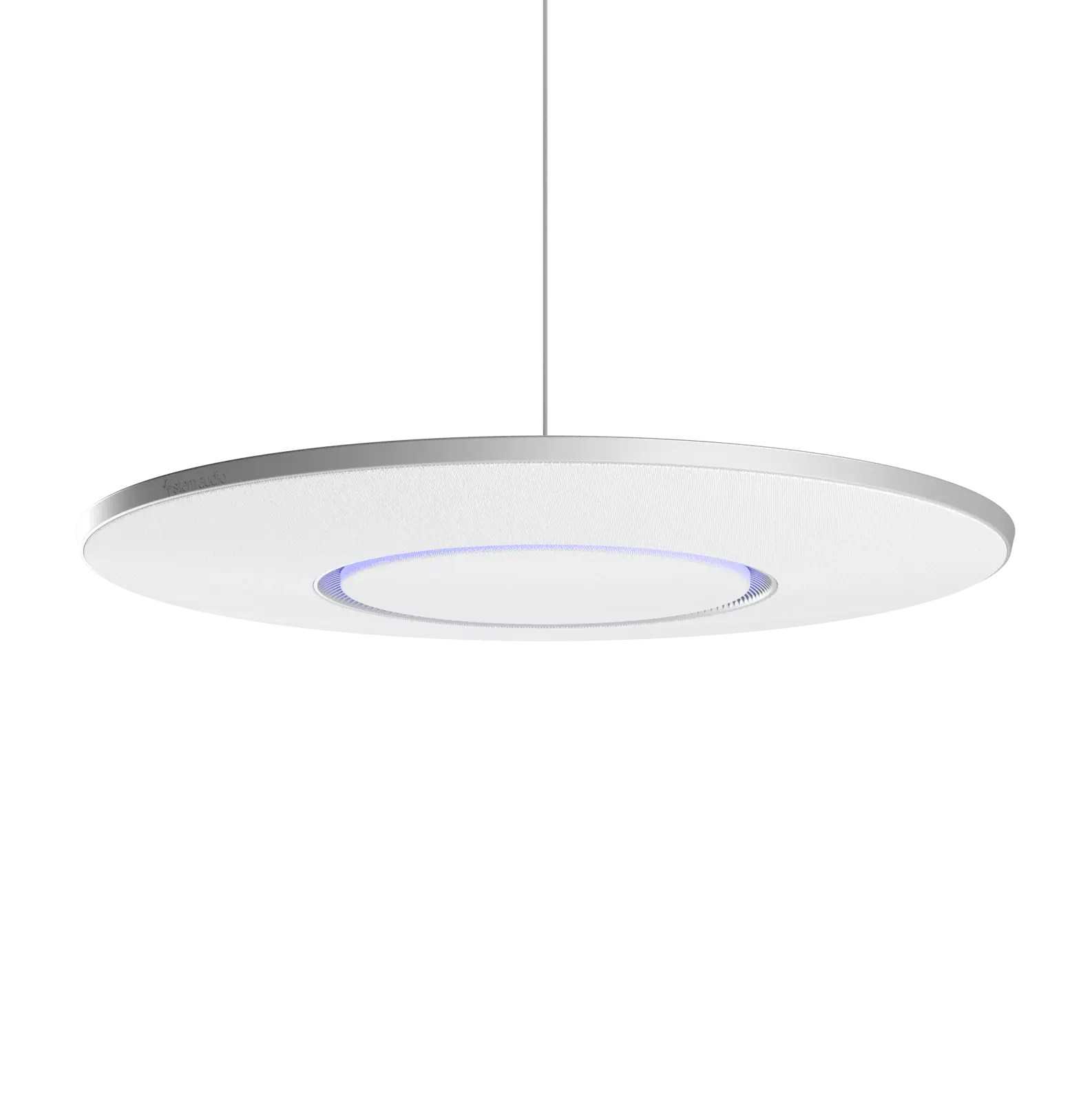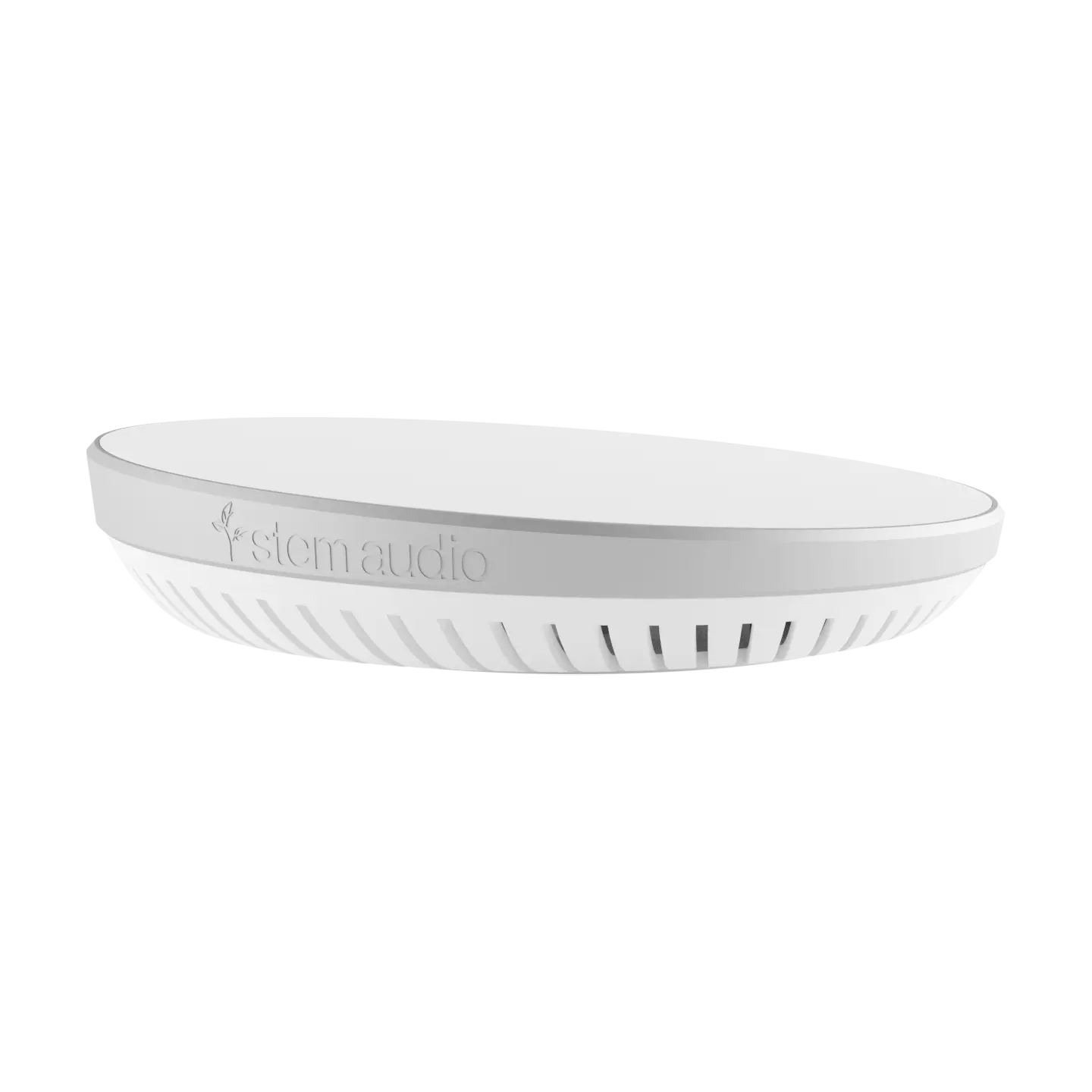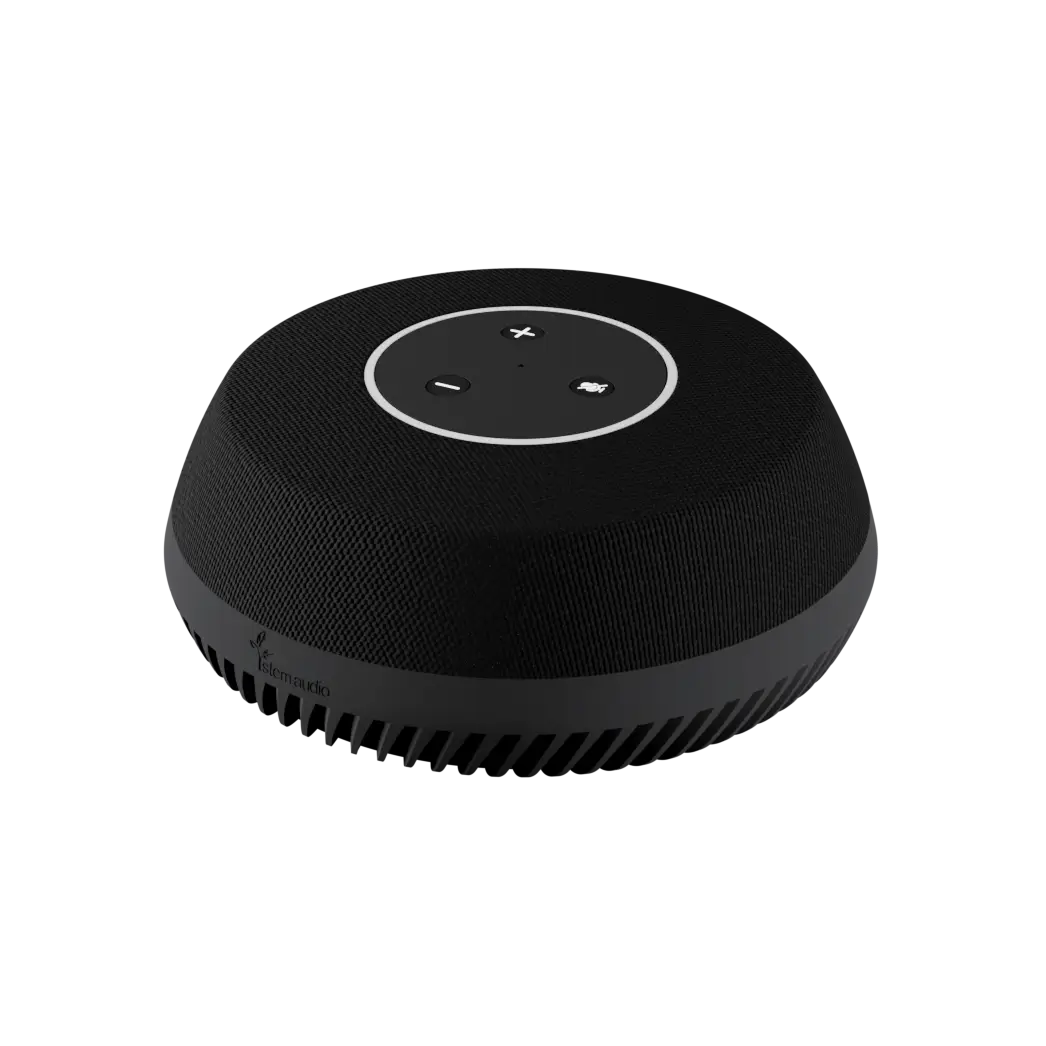Audio Basics for IT Providers: How To Fix Audio Issues In Video Conferences

With online meetings now being a regular fixture of business life, companies are increasingly seeking support from IT providers to cover UC needs in meeting spaces. MSPs often meet such requests with the delivery of cloud-based conferencing platforms such as Microsoft Teams along with all-in-one video bars that clients may install themselves or with help from MSPs.
While this ticks the box initially, inadequate consideration of audio needs can cause collaboration issues down the road which will require troubleshooting. And here’s where another problem comes in: Many IT providers are not sufficiently experienced in audio, adding extra strain on already squeezed resources.
The good news is that with a basic understanding of acoustics and room design, MSPs can keep customer satisfaction on track and rectify audio issues without having to outsource to specialists.
When your clients complain about bad audio in conference calls, consider the following root causes and solutions.
Acoustics
Room architecture and design, including the size and height of the room, positioning of walls, building materials (glass, concrete, etc.), and materials used to cover surfaces such as walls, floors, and windows all affect how sound behaves in a room. In extreme cases, talkers may sound as if they are “at the bottom of a barrel” or “in a tin can”, or voices may be completely unintelligible. If so, both room acoustics and the design of the audio system must be optimized. You can learn more about room acoustics here. For audio system solutions, read on.
Background noise
Typical sources of background noise include cooling fans in computers or overhead projectors, fluorescent light fixtures, HVAC systems and other building services, people walking or talking in hallways outside the room, or outside traffic. As the level of noise increases compared to the level of speech, intelligibility suffers and listeners begin to miss words.
To address room acoustics and noise issues, make sure your client uses good quality microphones and that they are placed as close to the talker as possible. A microphone cannot “reach” to capture voices at a distance and it doesn’t distinguish between speech and noise. It can only “hear” sound that arrives at its location, so the closer to the talker, the better.
Keep in mind that if your clients’ audio system doesn’t capture speech accurately before it gets into the electrical/digital domain, it’s increasingly difficult to fix later on. While processing tools within cloud-conferencing applications or dedicated digital signal processors can offer some improvements, the more work that is involved “on the backend”, the less natural it will sound.
Coverage
The audio system may also not be appropriate for the room requirements, usage or layout. Is the space used for front-of-room presentations, classroom-style interactions, round-the-table conversations, or is it a multi-purpose environment? Make sure that audio devices provide sufficient microphone and speaker coverage for all areas where people are talking and listening. Tools that visualize audio coverage, like the RoomDesign feature of Shure’s Stem Ecosystem, can provide such assurance even before installation.
Consistency
Every room sounds differently. Using the same type of audio endpoint in every space can cause inconsistent experiences. When varying performance across rooms is an issue, consider scalable single-vendor solutions with interchangeable audio endpoints that can be flexibly adjusted for each space. A mix-and-match concept like the Stem Ecosystem from Shure allows to deploy the same technology in a variety of rooms to ensure uniform performance and user experience.
Interoperability
You can further reduce the risk of performance and reliability issues by turning to ecosystem solutions that are designed to work seamlessly with video conferencing software. This often also delivers value-added functionality, such as synced speaker tracking, mute sync between audio devices and VC user soft clients, AV device control from room controllers and more.
The demand for video conference-based collaboration and related services will undoubtably present both opportunities and challenges. For MSPs choosing to take the journey to AV managed services, it’s paramount to promote UC services that include appropriate, high-quality AV endpoint solutions that can meet your customers’ performance expectations and overcome common user issues.






